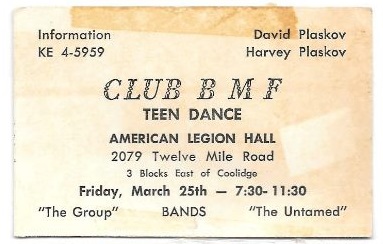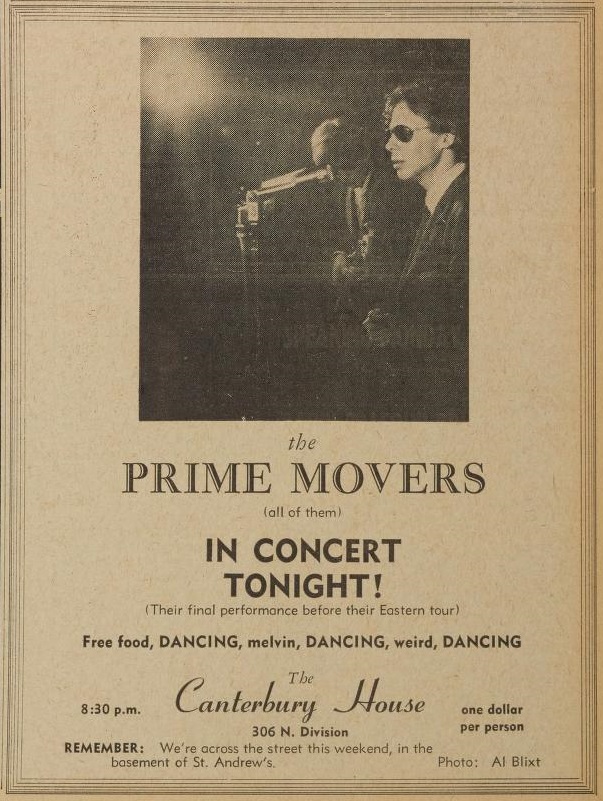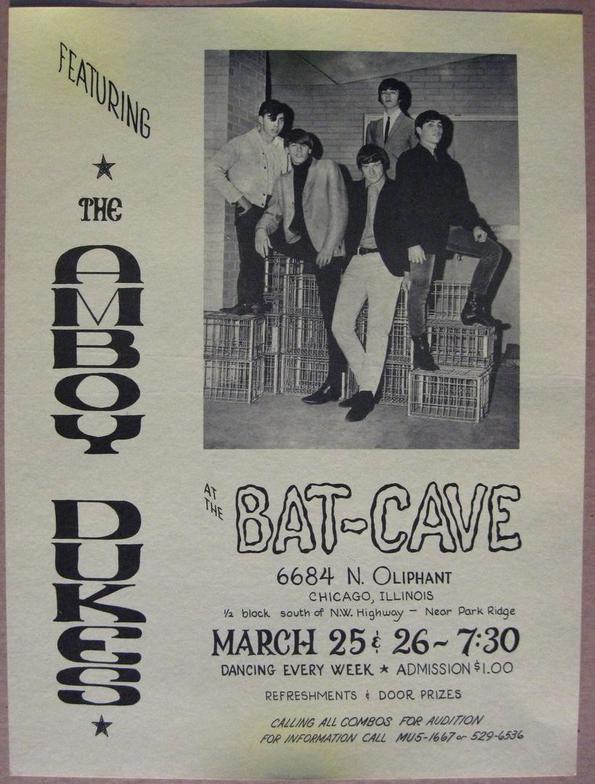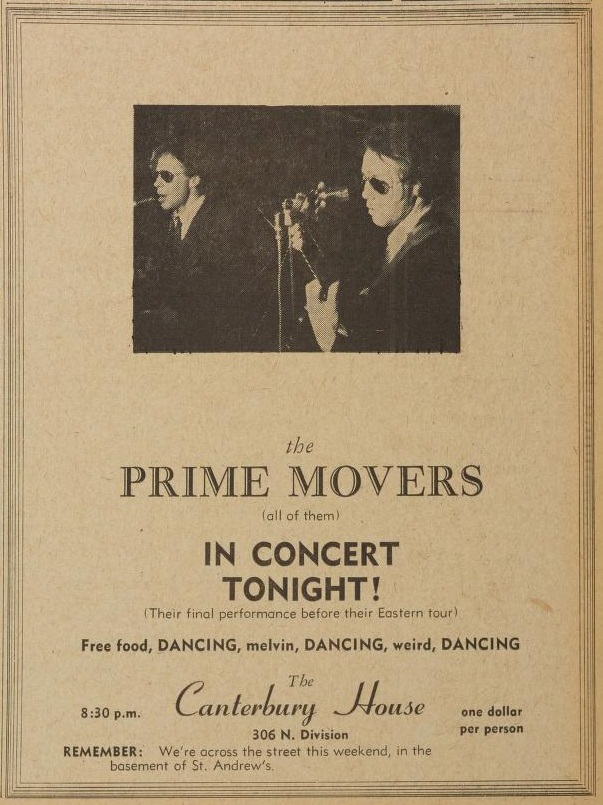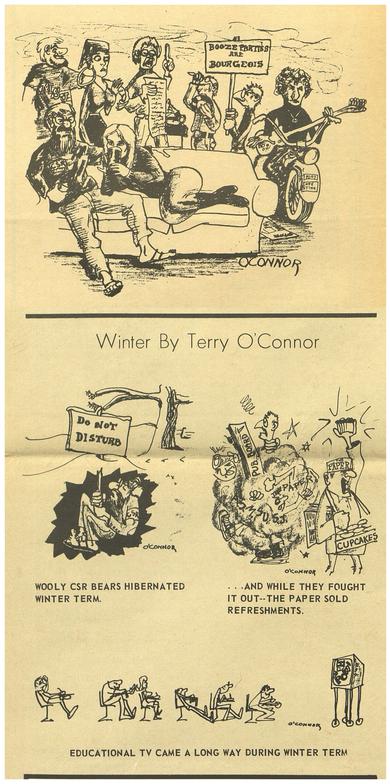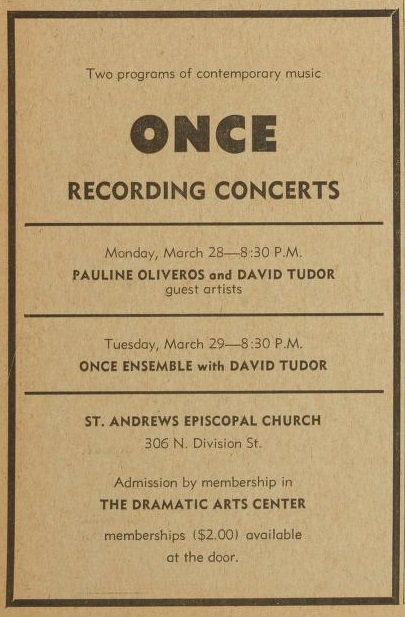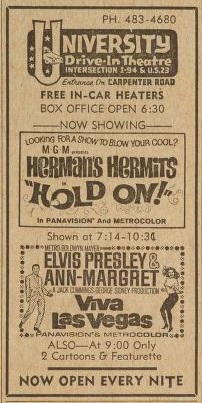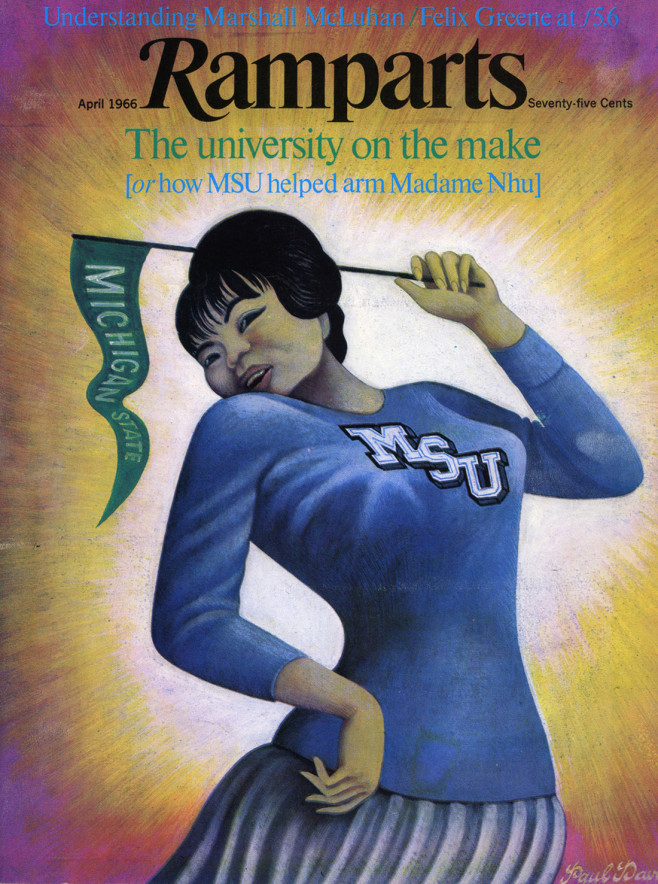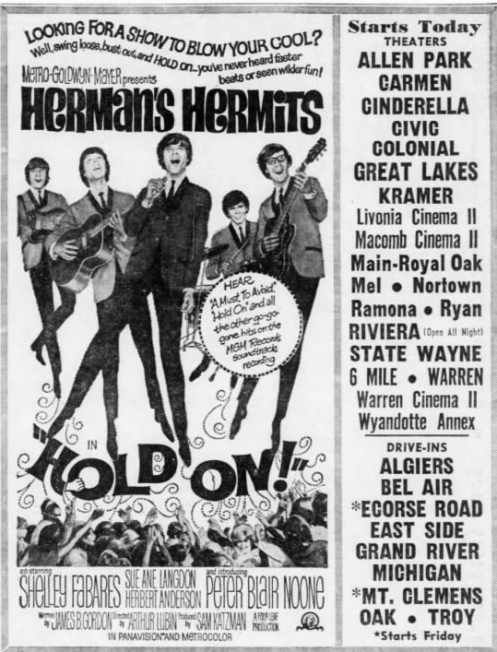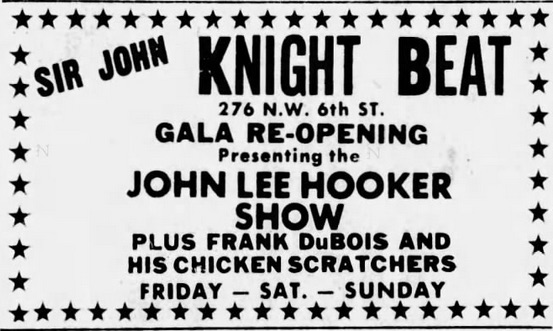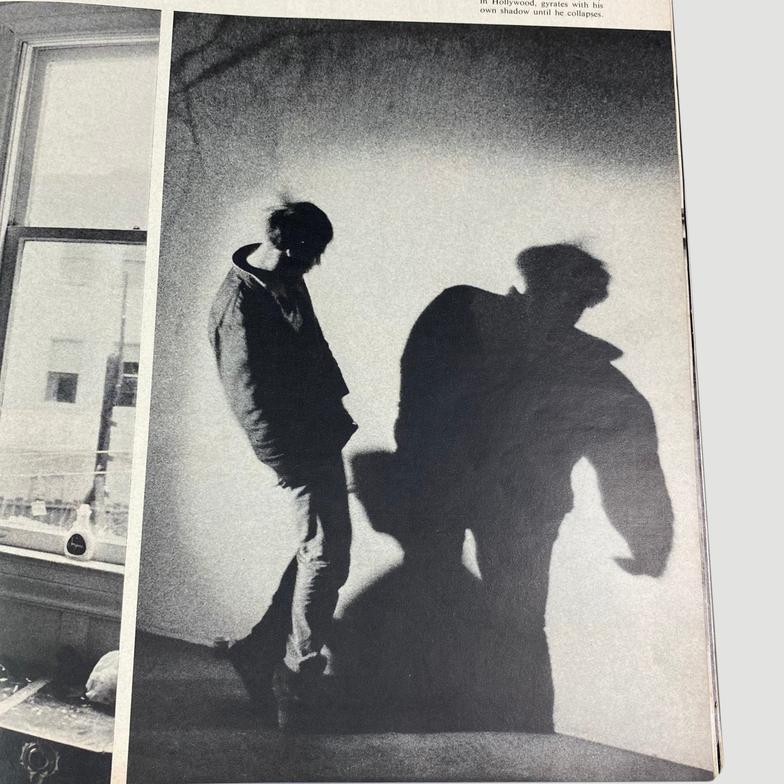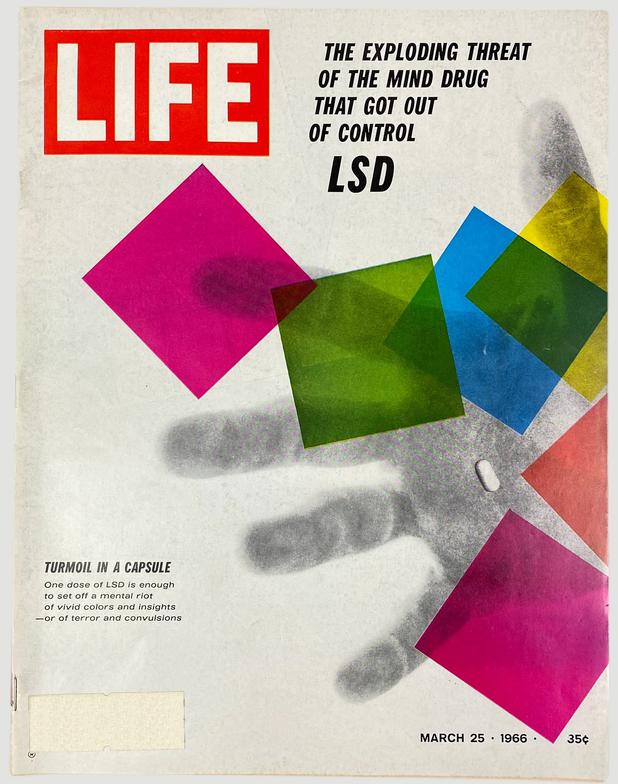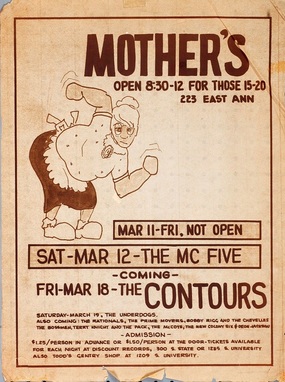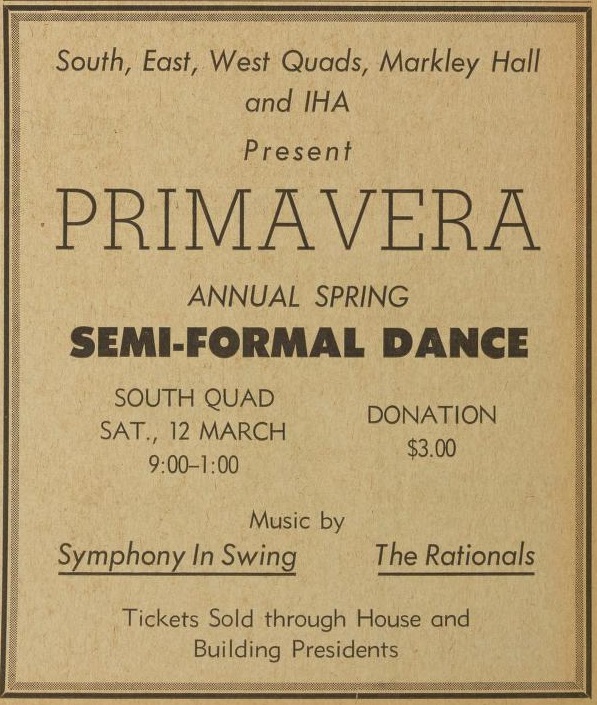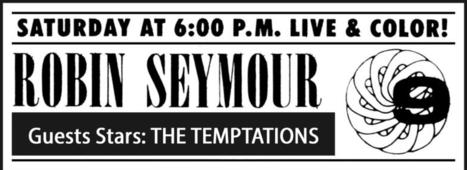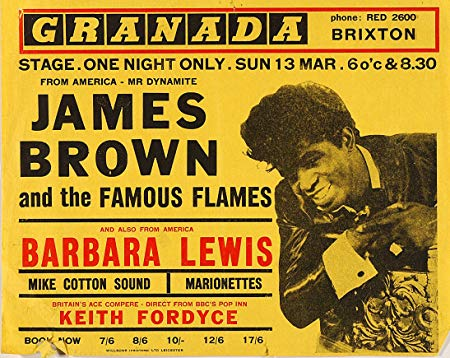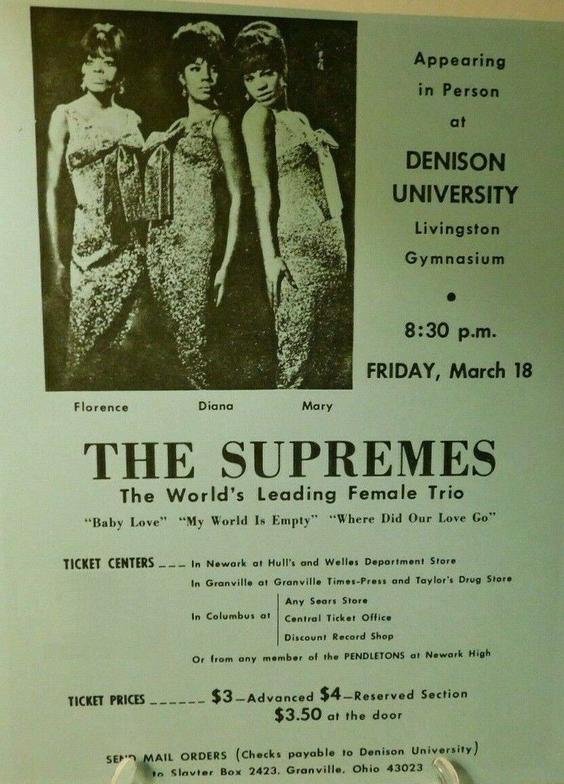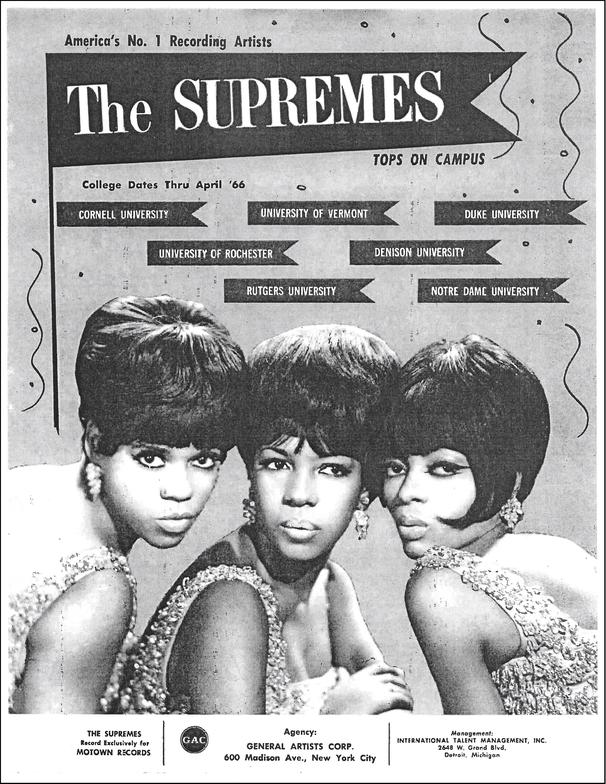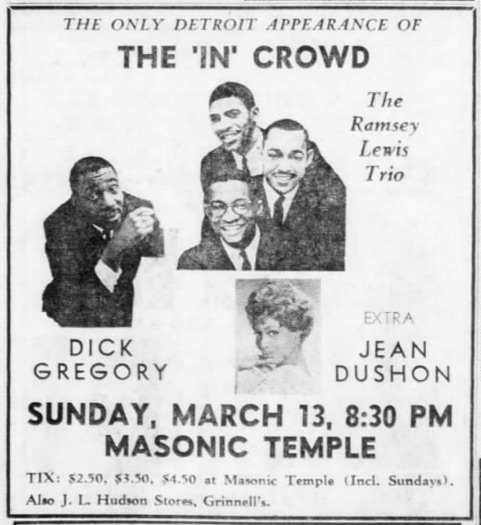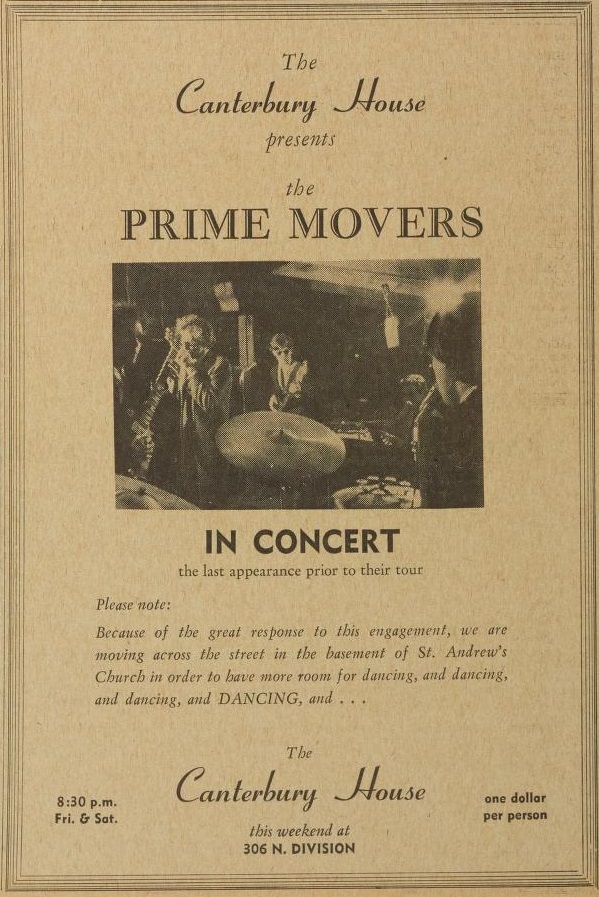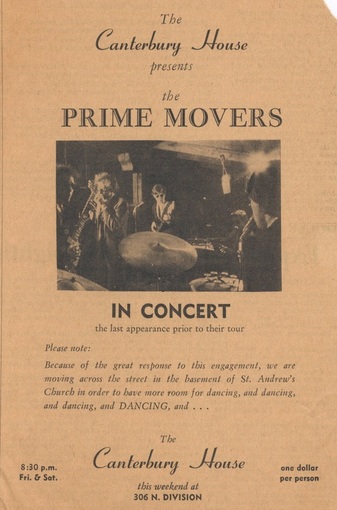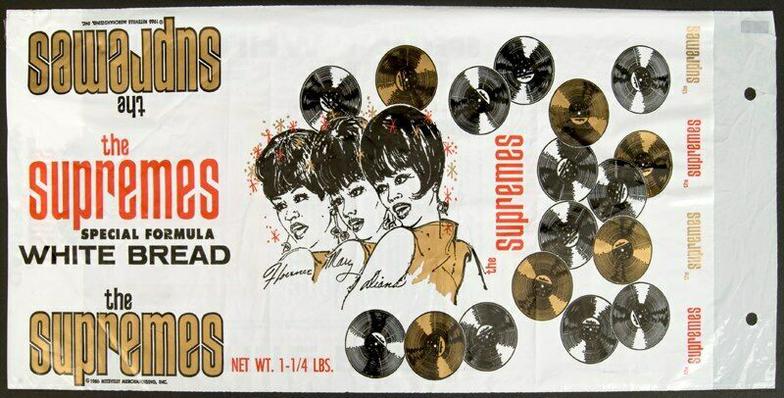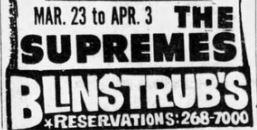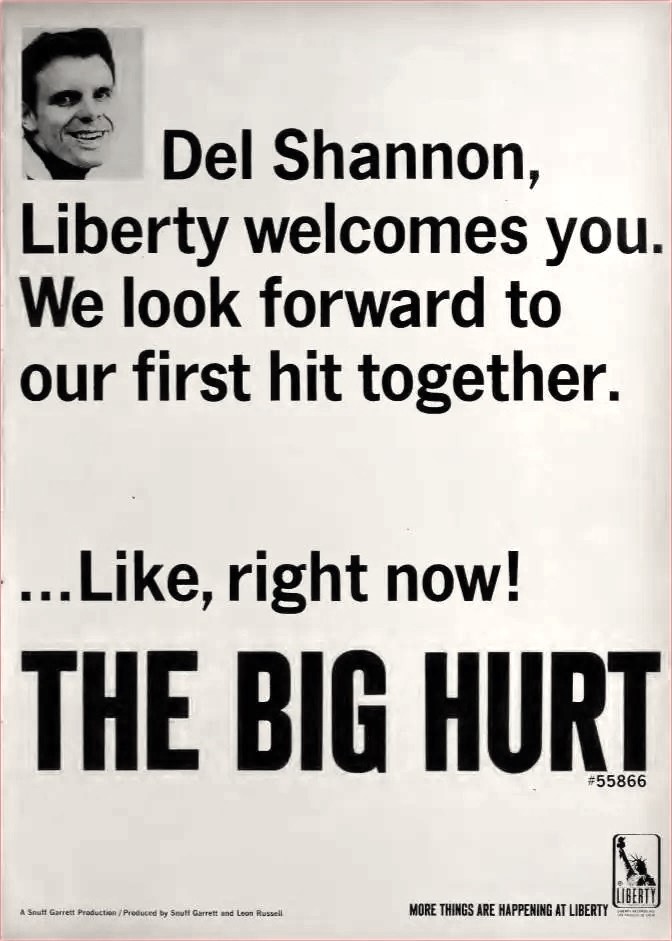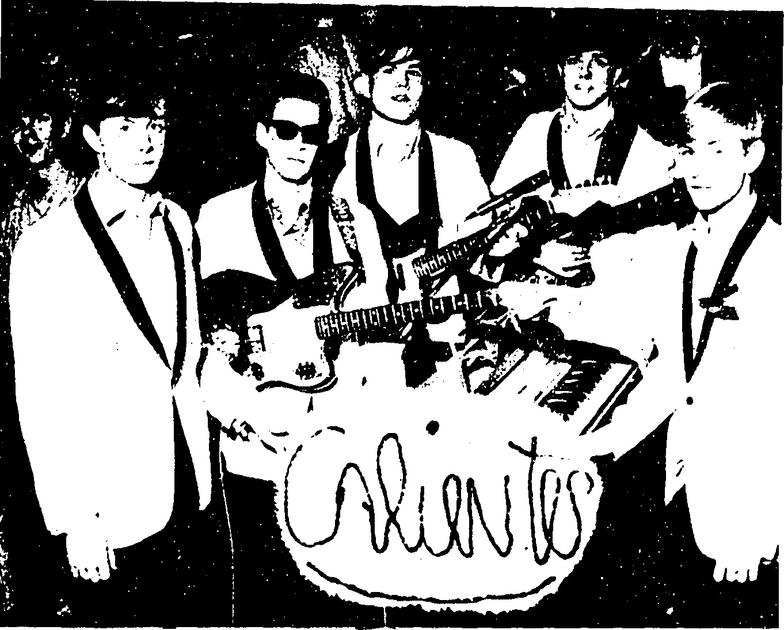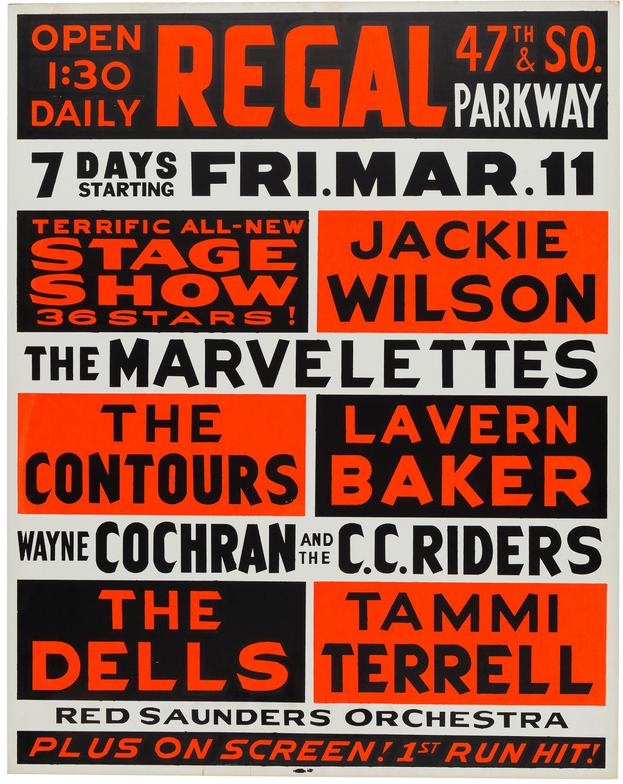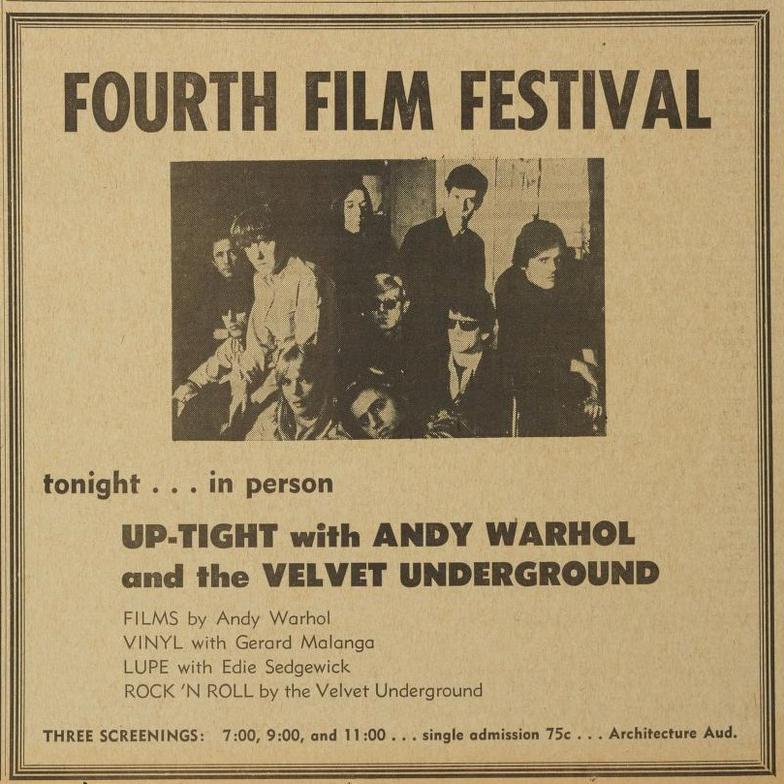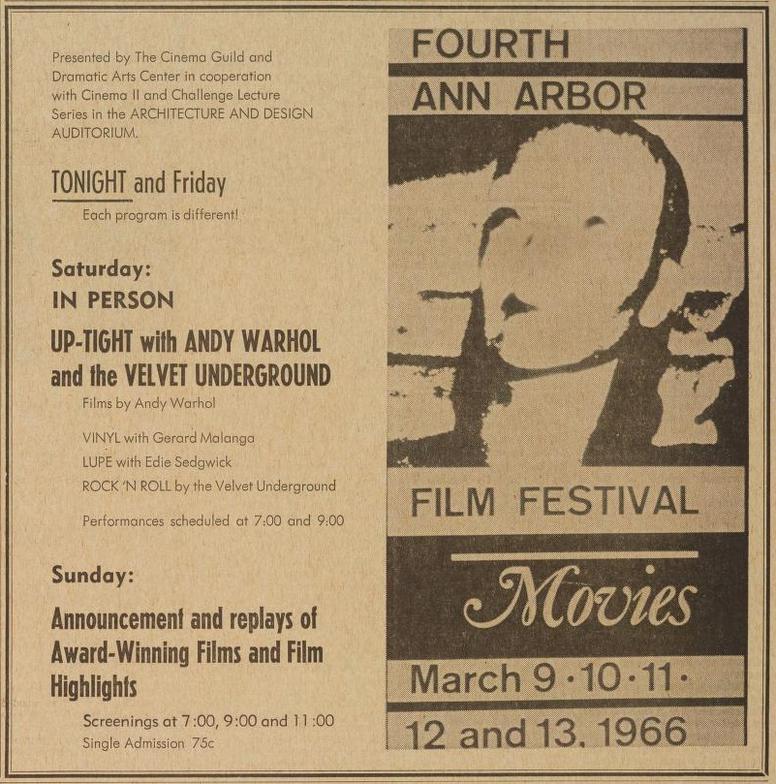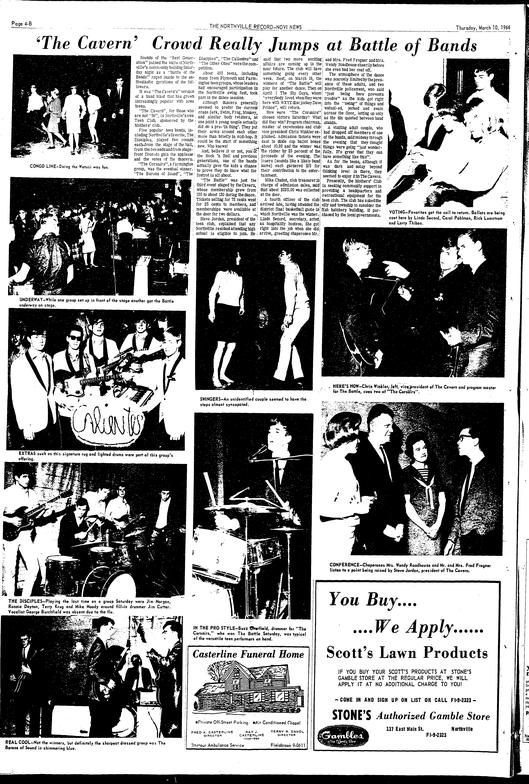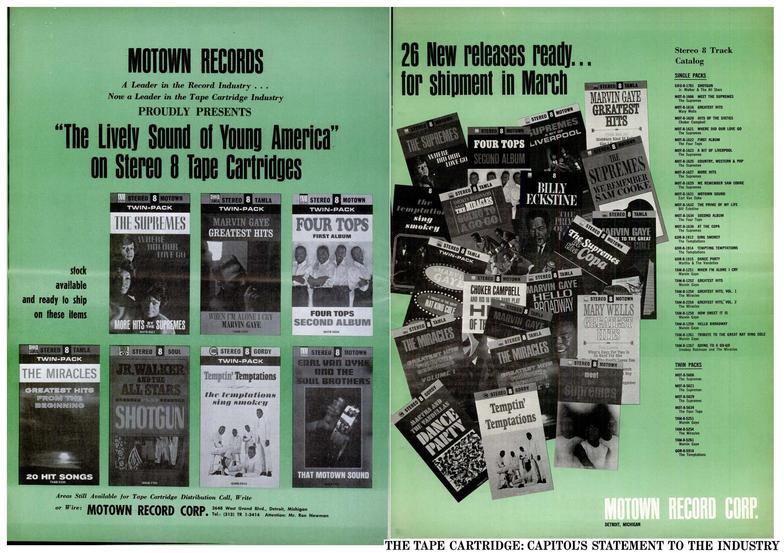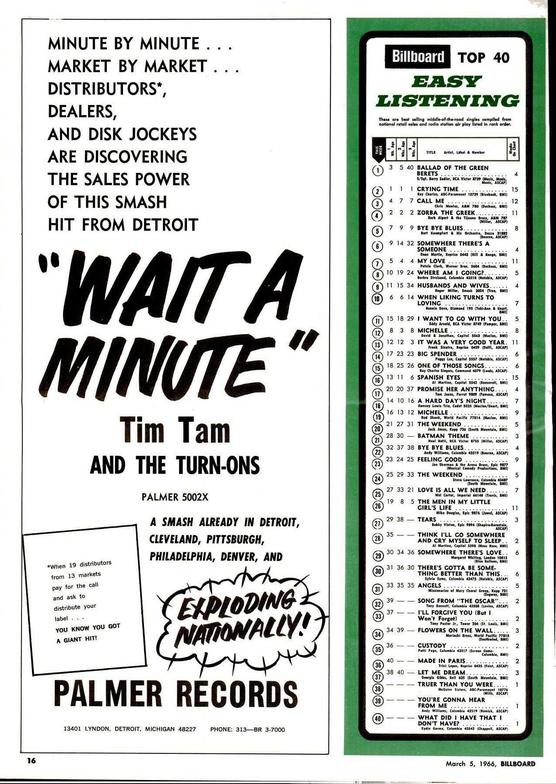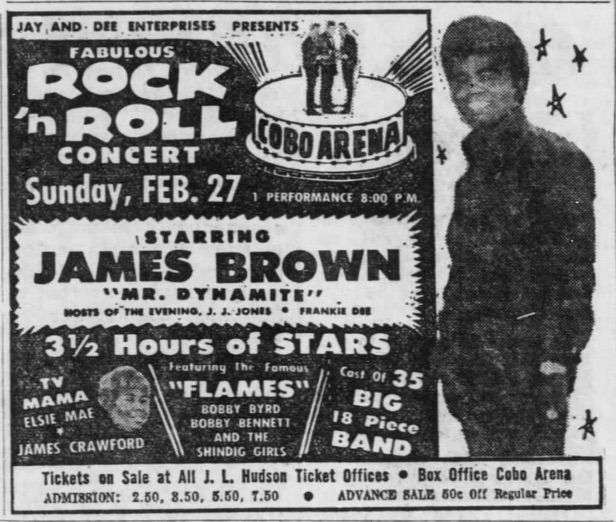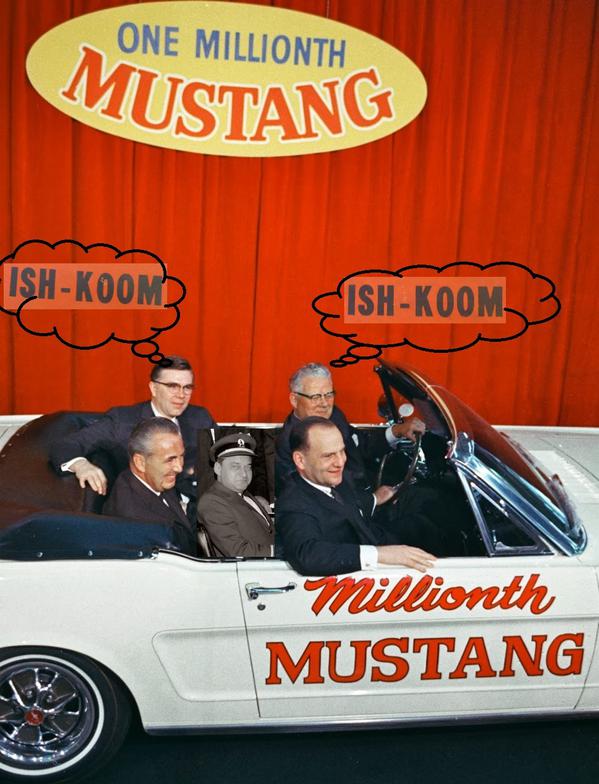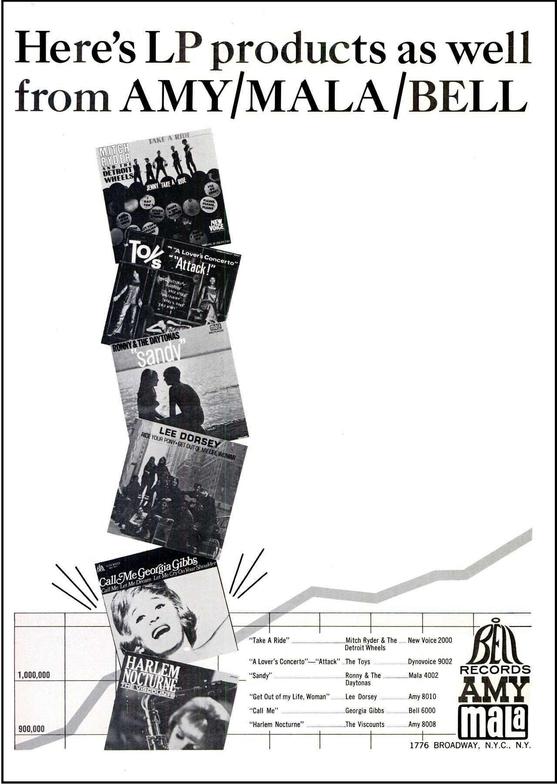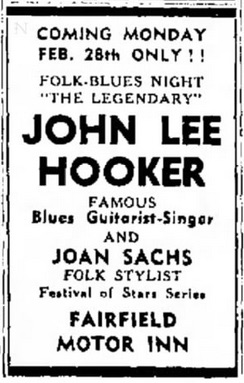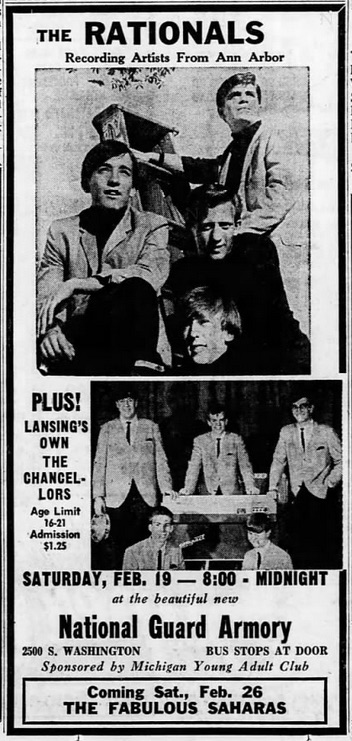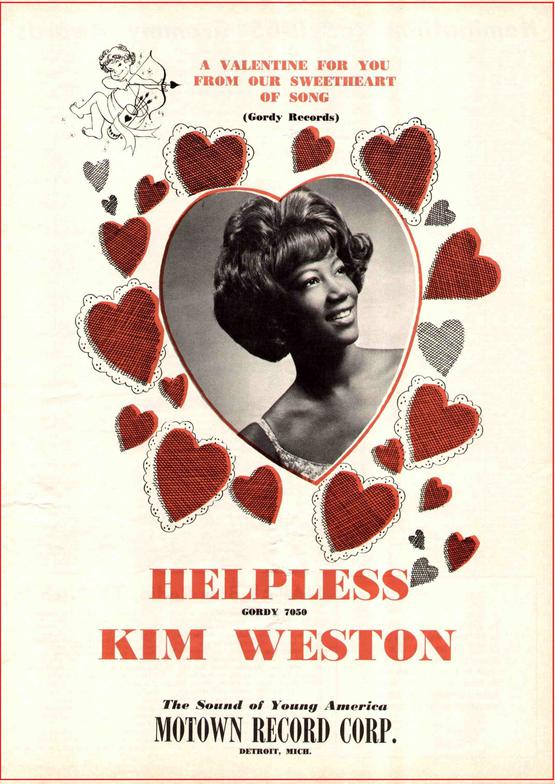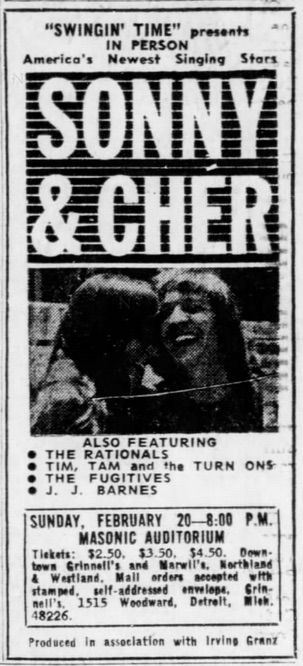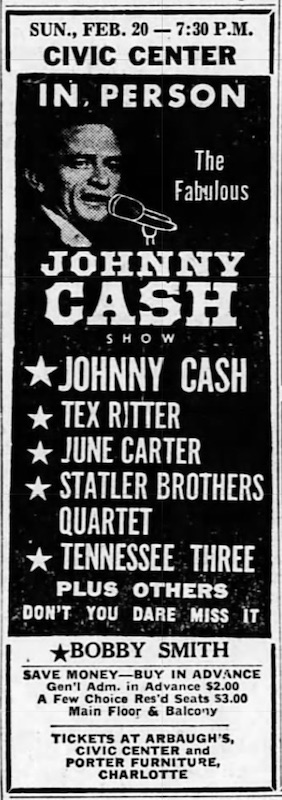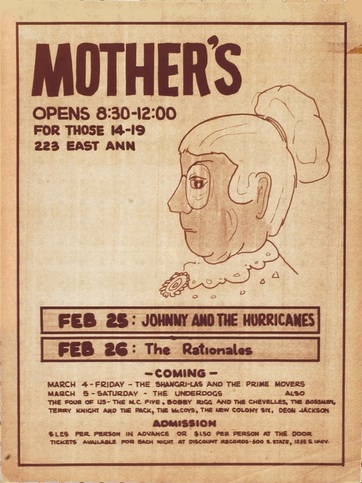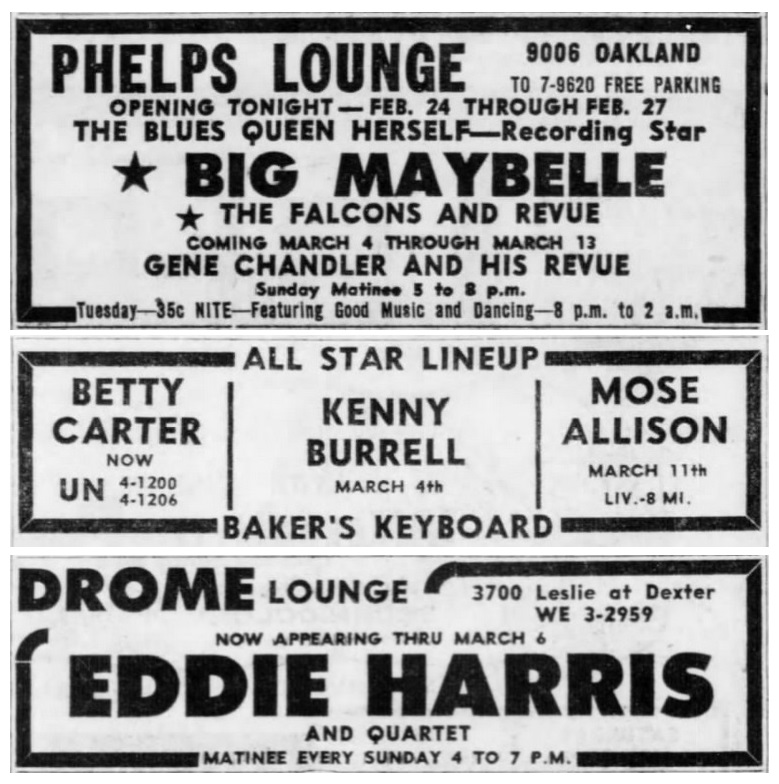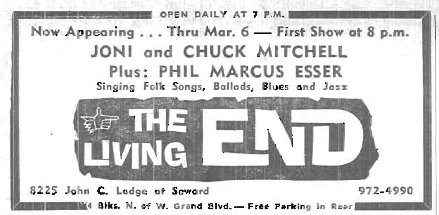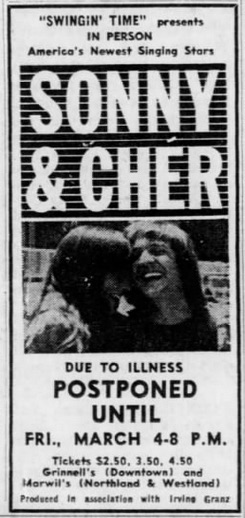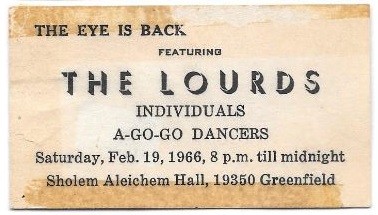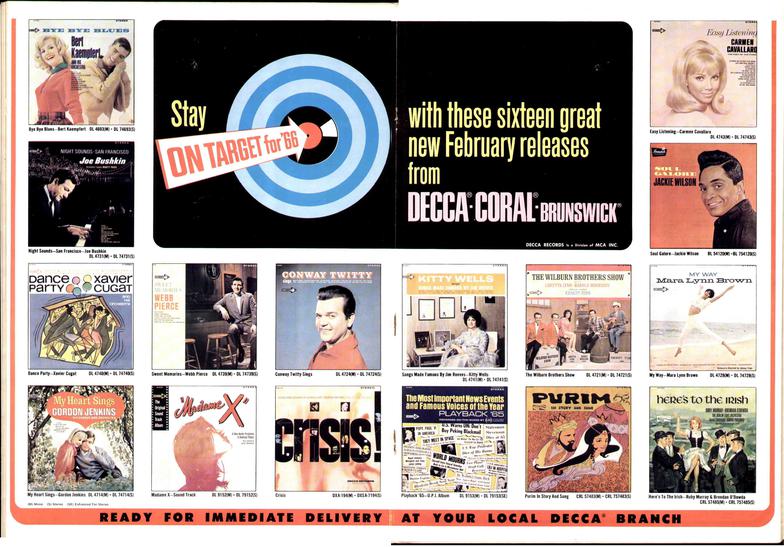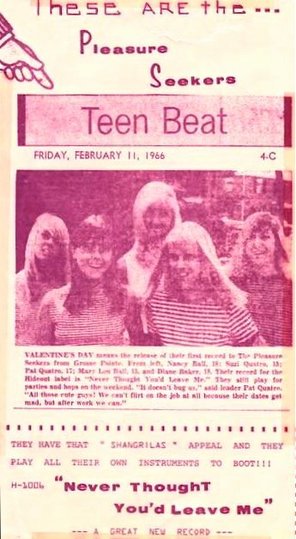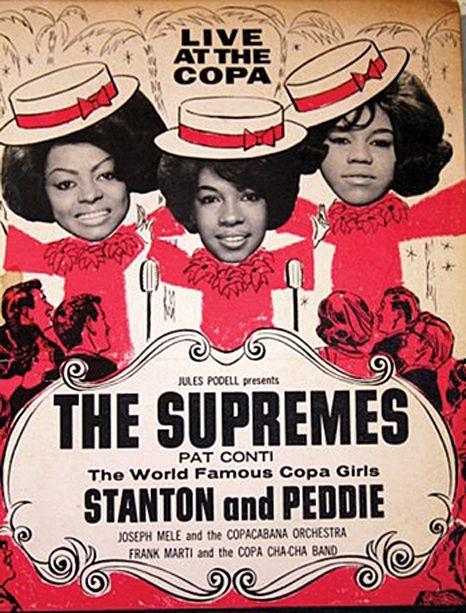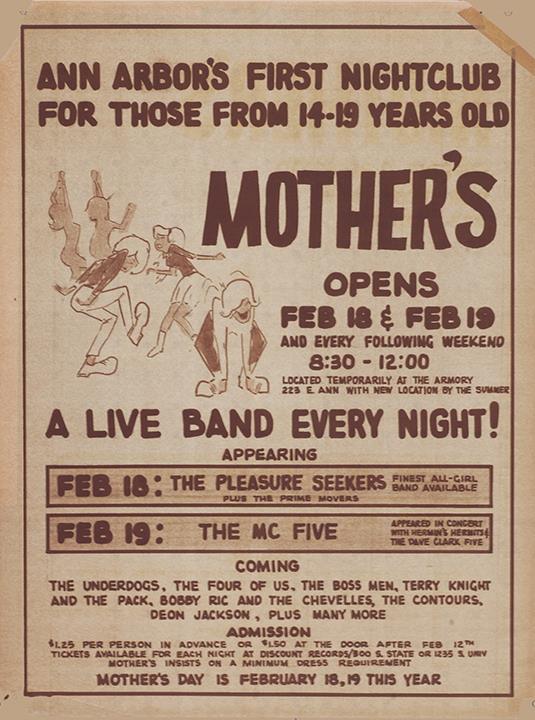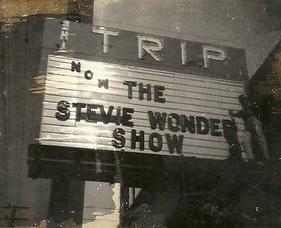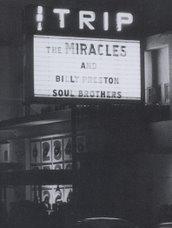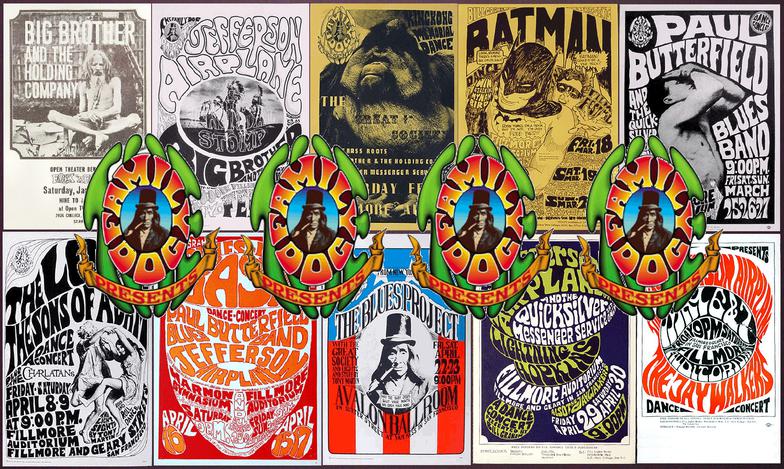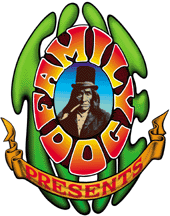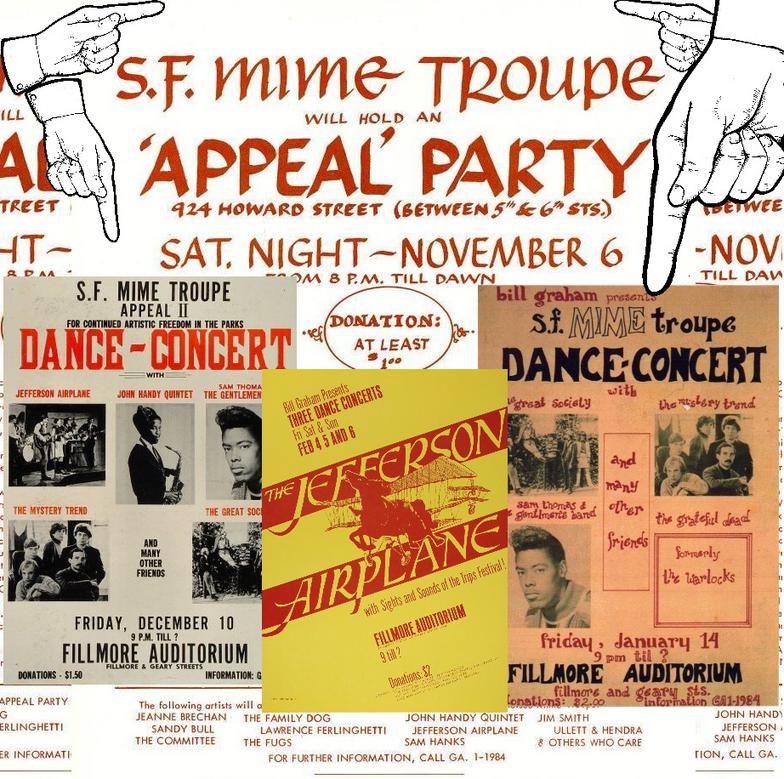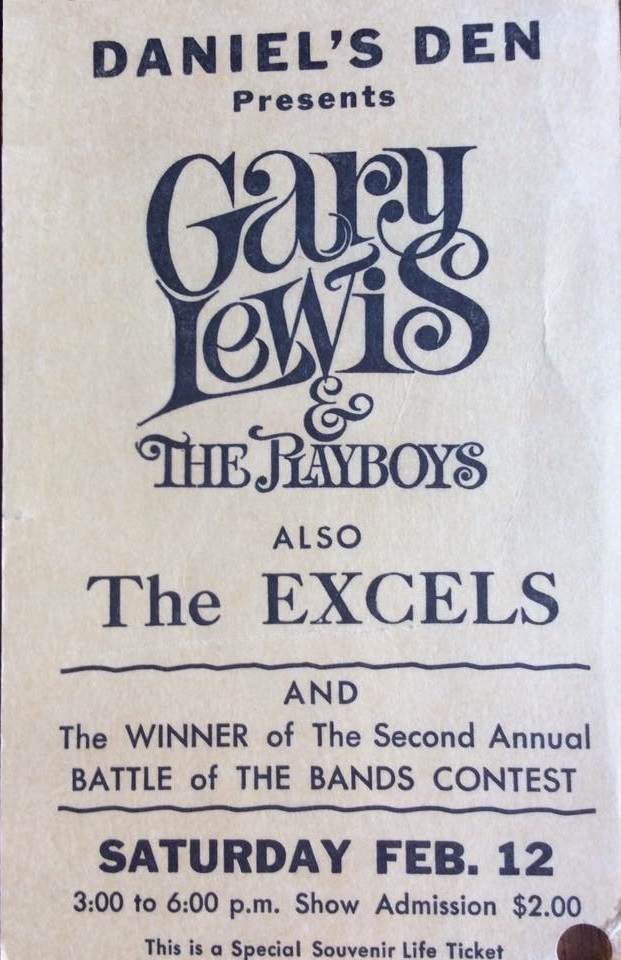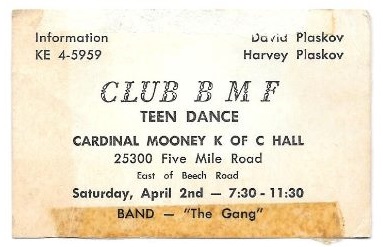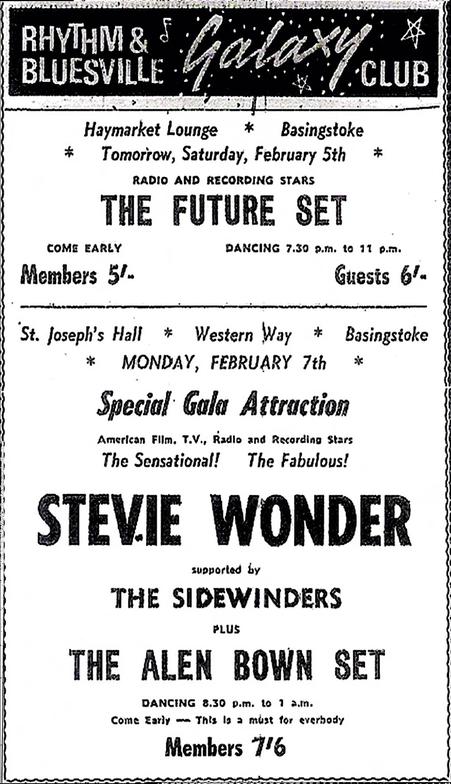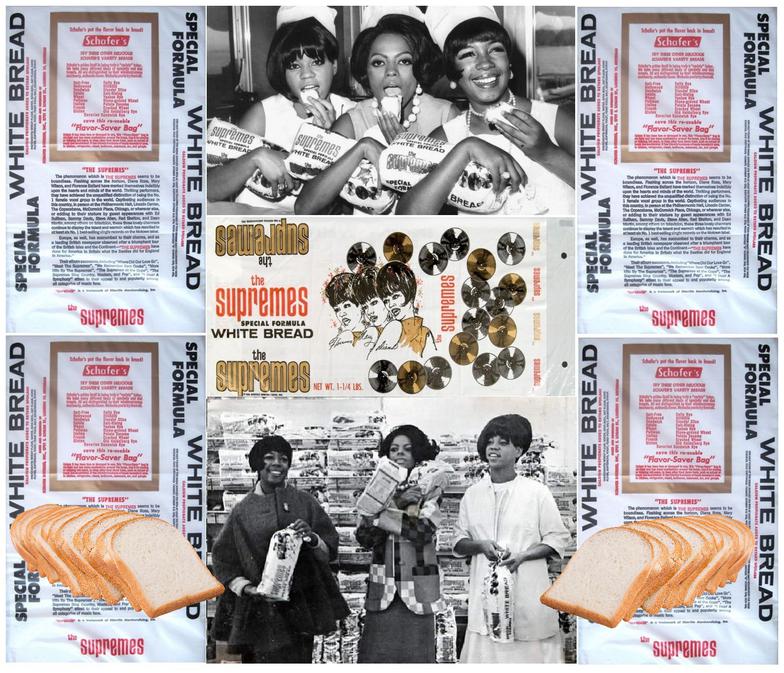Splatt Gallery
Double click here to add text.
Splatt Gallery's History of Michigan Music Posters
Volume Two - 1964-1966 - Page Twelve
***********************************************************
Volume Two - 1964-1966 - continues - HERE
Two shows at Club BMF in Redford, Michigan, with The Group and The Untamed on March 25, 1966, and The Gang the following week, on April 2nd.
This ad for the Prime Movers by Michael Erlewine appeared in the March 25, 1966 edition of the Michigan Daily newspaper in Ann Arbor, a final performance before an Eastern tour.
Poster/flyer for the Amboy Dukes at the Bat Cave in Chicago, Illinois, March 25-26, 1966.
This ad for the Prime Movers by Michael Erlewine appeared in the March 26, 1966 edition of the Michigan Daily newspaper in Ann Arbor, another “final performance before their Eastern tour”.
Some early cartoon work in the March 28, 1966 issue of The Paper in East Lansing, Michigan by future (six years in the future) poster artist Terry O’Connor.
Performances by the ONCE group that were recorded, March 28-29, 1966 in Ann Arbor, Michigan.
An ad for the University Drive-In in the March 26, 1966 edition of the Michigan Daily newspaper in Ann Arbor screening films starring Herman’s Hermits and Elvis Presley.
The April 1966 issue of Ramparts magazine had a cover story expose of Michigan State University’s program of technical assistance to the government of South Vietnam from 1955 to 1962, focusing on implications of CIA involvement and arms dealing. The cover painting depicted South Vietnam’s “Dragon Lady” Madame Nhu as an MSU cheerleader.
An ad for John Lee Hooker in Miami, Florida for three nights, March 25-27, 1966.
The March 25, 1966 LIFE magazine feature on LSD provided some of the most well-known images documenting the LSD experience. Some have been included in artworks and album covers, including this photo by Lawrence Schiller that was used as the cover for the Flaming Lips’ 1999 album “The Soft Bulletin”.
An LSD cover story for the March 25, 1966 issue of LIFE magazine.
It’s hard these days to convey how important magazines used to be and how LIFE magazine was our window to the world. At its peak, circulation was over 13.5 million copies a week and it invented an entire new media, called photo-journalism.
In 1936, Henry Luce bought the magazine, which had been started in 1883, solely for the rights to the name. Luce already owned the news magazine, TIME, the financial magazine, Fortune, and later, the sports magazine, Sports Illustrated. His vision for LIFE was to let the pictures tell the story, and some of the world’s most iconic photos of all time have come from its covers and its pages.
Although Luce was a hard-core conservative and active in Republican politics, he and his wife, Clare Booth Luce, were also users and advocates of the drug LSD. LIFE ran numerous features and cover stories regarding the drug, usually without the hysteria and fear that the rest of the media liked to focus on. It was the story in the May 13, 1957 issue, “Seeking The Magic Mushroom” that set both Albert Hofmann and Timothy Leary off onto their respective paths of exploration.
Abbie Hoffman wrote in his memoir, "I've always maintained that Henry Luce did much more to popularize acid than Timothy Leary. Years later I met Clare Booth Luce at the Republican convention in Miami. She did not disagree with this opinion."
LSD was declared illegal in California on October 6, 1966, and nationwide on October 24, 1968.
Another great poster by the unknown artist who was making the posters for Mother’s in Ann Arbor, Michigan, this one is for the MC5 on March 12, 1966.
A newspaper ad for an Annual Spring Semi-Formal Dance at the University of Michigan in Ann Arbor, with music provided by Symphony in Swing and the Rationals on March 12, 1966. For some reason, the concert database has the Rationals at Mother’s on this date, although their name does not appear on the Mother’s poster for this night.
An ad for Robin Seymour’s Swingin’ Time TV show with the Temptations appearing on March 12, 1966.
Poster for James Brown’s first UK visit, with Michigan’s Barbara Lewis opening the show in Brixton on March 13, 1966.
Poster for the Supremes at Denison University in Livingstone, Ohio on March 18, 1966.
Full-page ad for The Supremes in the “Music on Campus” issue of Billboard magazine, March 19, 1966, with a list of the universities that the group had performed. The group had appeared at Denison University in Livingstone, Ohio just the day before this publication date.
An ad for the “In” Crowd with the Ramsey Lewis Trio, Dick Gregory, and Jean Dushon at Masonic Temple in Detroit, Michigan on March 13, 1966.
Ramsey Lewis – The “In” Crowd (1965)
https://www.youtube.com/watch?v=5vu2tyk8cvc
Poster and ad by Michael Erlewine in the March 24, 1966 edition of the Michigan Daily newspaper in Ann Arbor. It looks like the shot was taken over the left shoulder of drummer Jim (Iggy) Osterberg, and it looks like he is taking a turn at singing with the visible microphone.
March 24, 1966 – the Supremes’ “Special Formula” White Bread is put on the market by Schafer Bakers in Lansing, Michigan in partnership with Hitsville Merchandising in Detroit. The irony was not lost.
An ad for the Supremes for twelve nights at Blinstrub’s Club in Boston, March 23, 1966 through April 3rd, but cancelled after the third night as Diana Ross fainted of exhaustion on stage and was hospitalized.
A full-page Liberty Records ad in the March 12, 1966 issue of Cash Box magazine welcoming Del Shannon to the label’s roster.
In the small village of Northville, Michigan, about twenty miles west of Detroit, a teen club called The Cavern sprung up in the middle of Main Street, the brainchild of Mrs. Gordon Forrer of the town’s Mothers Club. The club opened in early 1966 and was run by local teens who managed to attract well-known acts using funds raised from “Battle of the Bands” shows.
They had a student entertainment chairwoman, named Peg Tiilikka, who over the next few years would help create a body of poster work on caliber with the Grande Ballroom posters.
There is no known poster for this night, March 5, 1966, the club’s third event, a Battle of the Bands won by The Corsairs over The Barons of Sound, The Disciples, The Calientes, and The Other Ones, but there is this cool poster-worthy photo of the Calientes from a nice ten-picture photo spread that appeared in The Northville Record.
The paper also reported that the club would be open every other week, with the battle winning Corsairs returning on March 19, and The Shy Guys for their second time on April 1.
Andy Warhol and the Velvet Underground made their first Michigan appearance as part of the Fourth Annual Ann Arbor Film Festival, March 9-13, 1966.
A poster for the Regal Theater in Chicago, Illinois on March 11, 1966 with Michigan represented by Jackie Wilson, the Marvelettes, the Contours, and Tammi Terrell.
A two-page spread Motown Records ad in the March 5, 1966 issue of Billboard magazine with the big news that a large catalog of Motown albums were now available in the 8-track tape format. It was big news and marked the start of a seismic shift in the way that pre-recorded music could be consumed. Just six months earlier, in September 1965, the Ford Motor Company introduced factory-installed and dealer-installed eight-track tape players as an option on three of its 1966 models, Mustang, Thunderbird and Lincoln.
In the same issue of Billboard, Capitol Records had a stark full-page ad in the form of a letter, titled “The Tape Cartridge: Capitol’s Statement To The Industry”, which read in part:
“Since the introduction of a major market for the continuous-loop tape cartridge by the Ford Motor Company, Capitol has consistently taken the position that it would not offer its extensive catalog for this purpose until future availability and manufacturing rights to the cartridge by the record industry were established, and standardization assured.
“Now we are pleased to announce that, within a few months, Capitol will offer its first release of eight-track, continuous-loop stereo tape cartridges. These cartridges will be compatible with Ford Motor Company tape decks…
“As to the future of the tape-cartridge industry, it is our belief that tape decks will have to move into the home in substantial numbers before the system will be of lasting importance.
“By making our recorded catalog available to this system, we will help make this move possible, so that the public, as always, can make the final decision as to its preference.”
In the following year, the eight-track player was an option on all Ford vehicles, and indeed, sales of home players grew as consumers shared tapes between their homes and cars. By 1968, the tape cartridge industry was the fastest growing in the consumer electronics market, exceeding color television.
The quest to provide music systems in automobiles had been at least ten years in the making, initial concepts in the mid-50’s were simply to install record players in cars, with predictably disastrous results. California entrepreneur Earl "Madman" Muntz came up with the idea to re-purpose 4-track Fidelipac cartridges that were used in broadcasting for commercials and jingles, nicknamed "carts" by DJ’s and radio engineers, to have recorded music which he licensed from the record companies and duplicated them on these four-track cartridges, or "CARtridges", as they were first advertised.
Meanwhile, Lear Jet had invented the 8-track cartridge which had simpler mechanics and offered twice the recording length, these competed with 4-track systems and eventually won out, not only due to the technical advantages, but also because of the backing of the automakers, the pivotal point coming as described above. Muntz abandoned the four-track format by late 1970 and directed his efforts to the emerging home video market.
1978 was the peak of 8-track sales in the United States, but as rapidly as they had risen in popularity, the decline was also fast as the smaller cassette tapes, with appealing products such as Sony's Walkman, which was introduced in 1979, became, as the Capitol Records letter stated, the public’s “final decision as to its preference”.
An ad for the single “Wait A Minute” by Tim Tam & the Turn-Ons in the March 5, 1966 issue of Billboard magazine.
Tim Tam & The Turn Ons - Wait A Minute (1965)
https://www.youtube.com/watch?v=LYZzL8dIpBA
Poster/ad for James Brown at Cobo Hall, Detroit, Michigan, February 27, 1966, his eighth Michigan show.
Captain Stanley Tucker, a Canadian airline pilot living in Newfoundland, had a car that the Ford Motor Company desperately wanted, the Mustang serial number One. When the Mustang officially went on sale, on April 17, 1964, a few thousand units had already rolled off the assembly line and been sent to dealers, some purely as promotional models, not necessarily to be sold.
With the initial onslaught of orders, over 22,000 in the first weekend alone, Ford lost track of serial #1, but later traced it to a dealer in Newfoundland, who, of course, had sold it, to Captain Tucker. Tucker continually declined to sell the car back to the company, but eventually a deal was struck, and a little less than two years later, on March 2, 1966, he drove Mustang #1 back to Dearborn, Michigan and traded it for the One Millionth Mustang, fresh from the factory.
A few miles away from the Ford plant, Bryan Dombrowski was just getting his Wheels 4 Records label rolling, although he allowed a band called The Pagens to release their sole recording on their own label, called Ish-Koom. The Pagens, led by singer/guitarist Bill Mueller, or Blue Miller, later changed their name to Julia.
The Pagens – Mystic Clouds/Someone Like You (1966)
https://www.youtube.com/watch?v=2I5JQXp_oS4
A full-page record labels ad in the March 5, 1966 issue of Billboard magazine with the album “Take A Ride” by Mitch Ryder & the Detroit Wheels sitting on the top of the heap, not in bad company either, with The Toys’ classic “The Toys Sing "A Lover's Concerto" and "Attack!"
The Toys - A Lovers Concerto (1965)
https://www.youtube.com/watch?v=GHR5beM5eGA
An ad for John Lee Hooker in  Fairfield, Connecticut on February 28, 1966.
Fairfield, Connecticut on February 28, 1966.
Newspaper ad for a show by the Rationals, with the Chancellors, at the National Guard Armory in Lansing, Michigan on February 19, 1966.
A Motown Records ad in the February 19, 1966 issue of Billboard magazine with a Valentine’s Day theme for the single “Helpless” by Kim Weston.
Kim Weston – Helpless (1966)
https://www.youtube.com/watch?v=R78fRUbhH6E
An ad for Johnny Rivers at the Club Gay Haven in Dearborn, Michigan, February 19, 1966.
Advertisement for the first Michigan appearance of Sonny & Cher at the Masonic Temple, February 20, 1966. However, Cher got pneumonia and had to reschedule to March 4th. The Rationals still opened the re-scheduled date and experienced their biggest performance, complete with girls chasing them down the street after the show.
An ad for Johnny Cash in Lansing, Michigan on February 20, 1966, exactly one year after his previous Michigan show, also at the Lansing Civic Center. This was his 13th Michigan show and his 5th at the Lansing Civic Center, which was also the venue for his first Michigan show in February 1960.
Poster for Mother’s in Ann Arbor, Michigan, February 25-26, 1966, with Johnny & the Hurricanes, and the Rationals.
Ads from Detroit Jazz clubs, with Bug Maybelle and the Falcons at Phelps Lounge, February 24-27, 1966, Betty Carter at Baker’s Keyboard Lounge, February 25th through March 3rd, and Eddie Harris at the Drome Lounge, February 25th through March 6th.
An ad for the Living End in Detroit, with Joni and Chuck Mitchell for twelve nights, starting on February 22, 1966.
Appearance by The Lourds, February 19, 1966.
This appears to be the first Michigan appearance by Gary Lewis & the Playboys, at Daniel’s Den in Saginaw on February 12, 1966. The band began as Gary & the Playboys, landing a regular gig at Disneyland in Anaheim, California, where record producer Snuff Garrett saw them and convinced their drummer to take the front man position and use his full name to capitalize on the fame of his father, comedian and actor Jerry Lewis.
Their first record, written by blues guitarist Al Kooper, shot up to #1 on the Billboard Hot 100 chart in February 1965. Wanting a more polished, professional sound, Garrett enlisted the Los Angeles group of studio musicians known as the Wrecking Crew to add overdubs and solos, in particular, keyboardist Leon Russell, who also arranged the song.
Gary Lewis & the Playboys – This Diamond Ring (1965)
https://www.youtube.com/watch?v=UGSjytGaCoM
A two-page Decca Records ad in the February 12, 1966 issue of Billboard magazine, featuring Jackie Wilson’s album “Soul Galore”.
An ad for the Pleasure Seekers, announcing the release of their first record on Valentine’s Day, February 14, 1966, “and they play all their own instruments to boot!!!”
The Pleasure Seekers – Never Thought You’d Leave Me (1966)
https://www.youtube.com/watch?v=-9WPr88WZOU
A great poster, or program cover, for The Supremes’ second engagement at the Copacabana in New York City, for another three-week stand, February 17, 1966 through March 3.
Poster for the opening of Mother’s club in Ann Arbor, Michigan, February 18, 1966, with the Pleasure Seekers and the Prime Movers, and with the MC5 the following night.
The marquee for The Trip in Hollywood, California, a favored venue for Motown acts, with the Temptations for eleven nights, February 17-27, 1966. Other Motown acts that "made the trip" in the Spring of 1966 were the Miracles, Stevie Wonder, the Four Tops, and Martha & the Vandellas.
The posters and flyers for the Mime Troupe Benefits and for the Acid Tests were printed at Contact Printing, run by Bob Carr. Bob had just hired a 28-year old apprentice named Wes Wilson to work in the shop. Although Wes had never shown any propensity towards art up until then, he designed the poster for the first Big Brother show at the Open Theater and he also designed the Family Dog logo. Some people also credit Wes for the design of the Acid Test poster that we showed in an earlier post.
Wes developed a drawing style that used fluid lettering wrapped around the central figures and leaving no blank spaces. His posters shown here (including the Big Brother show mentioned above) are for the first five Family Dog Fillmore shows and the second-through-fifth Bill Graham Fillmore shows (the poster for the first Bill Graham Fillmore show, shown in the previous post, was designed by Phillip Bailey). Wes would go on to create about eight more posters for the Family Dog, but over fifty more for Bill Graham. He would continue to only get better and more intricate, and he is often credited as being the father of the "psychedelic" poster.
The posters for the benefits were typically a run of about 500 pieces. As the attendances grew, the poster runs were increased to about a 1,000 pieces, and as Bill Graham noticed that they were becoming collector items, the printings increased to about 3,000 pieces (at around show #30), of which Graham began setting aside a portion for future sales.
We know you all hate lip-synch performances (better than hologram, at least!), but this is so indicative of the times, with Grace dressed as a nun and Dick Clark barely coherent in the depths of his horror.
Jefferson Airplane – White Rabbit/Somebody to Love (American Bandstand) (1967)
https://www.youtube.com/watch?v=tKtJ0XTwgTE
In San Francisco, events were happening quickly at the beginning of 1966. The Family Dog group, inspired by the summer-long party at the Red Dog, mixing live music and LSD, had, under the management of Chet Helms, already produced three successful dances at the Longshoreman's Hall. Ken Kesey and his Merry Pranksters, back from their cross-country trip to the 1964 World's Fair, had begun throwing a series of Acid Test parties, at first in private settings and then by enlisting the help of the Family Dog for larger venues with more bands and nascent light shows. Keep in mind that at this time LSD was not yet illegal, so advertising these events was openly promoted with no doubt as to their purpose.
In November, 1965, Bill Graham, the manager of a "guerrilla theater" group of performing artists, The San Francisco Mime Troupe, enlisted the help of the Family Dog in organizing a benefit fund-raiser show to help pay legal expenses incurred from arrests during public performances in Golden Gate Park. The first one, held in the Howard Street loft of the Calliope warehouse (which happened to be the rehearsal space for the Jefferson Airplane) was held on the same night as the Family Dog's third party (Ming The Merciless) at the Longshoreman's Hall and with their close proximity there was plenty of cross-pollination between the two parties.
Bill Graham, was shocked by the large attendance that the parties generated and quickly realized that it wasn't because of an untapped support for the Mime Troupe's cause, but rather because of these new bands, Jefferson Airplane and The Grateful Dead, of which he'd had no previous exposure.
For the second Mime Troupe Benefit, a month later, in December, Chet Helms managed to secure the venue of an old dance hall called The Fillmore Auditorium. By the third Mime Troupe Benefit in January, 1966, the show was “Presented by Bill Graham”, and the Jefferson Airplane concert three weeks later, on February 4th-6th was Graham’s first commercial, non-benefit, production.
That show marked the start of weekly series of shows, with Graham and Helms alternating between weeks until, a couple of months later, Helms moved the Family Dog shows over to the Avalon Ballroom and left The Fillmore to the sole auspices of Bill Graham.
The Grateful Dead – Cream Puff War (1967)
https://www.youtube.com/watch?v=j6oIOI9-r5I
Further to our point about the Detroit influence on the formation of the Family Dog, the Detroit Artists Workshop website calls the Family Dog "Artist Workshop West".
https://www.detroitartistsworkshop.com/artist-workshop-west-the-family-dog/
Poster/ad for Stevie Wonder in England at the Galaxy Club on February 7, 1966.


